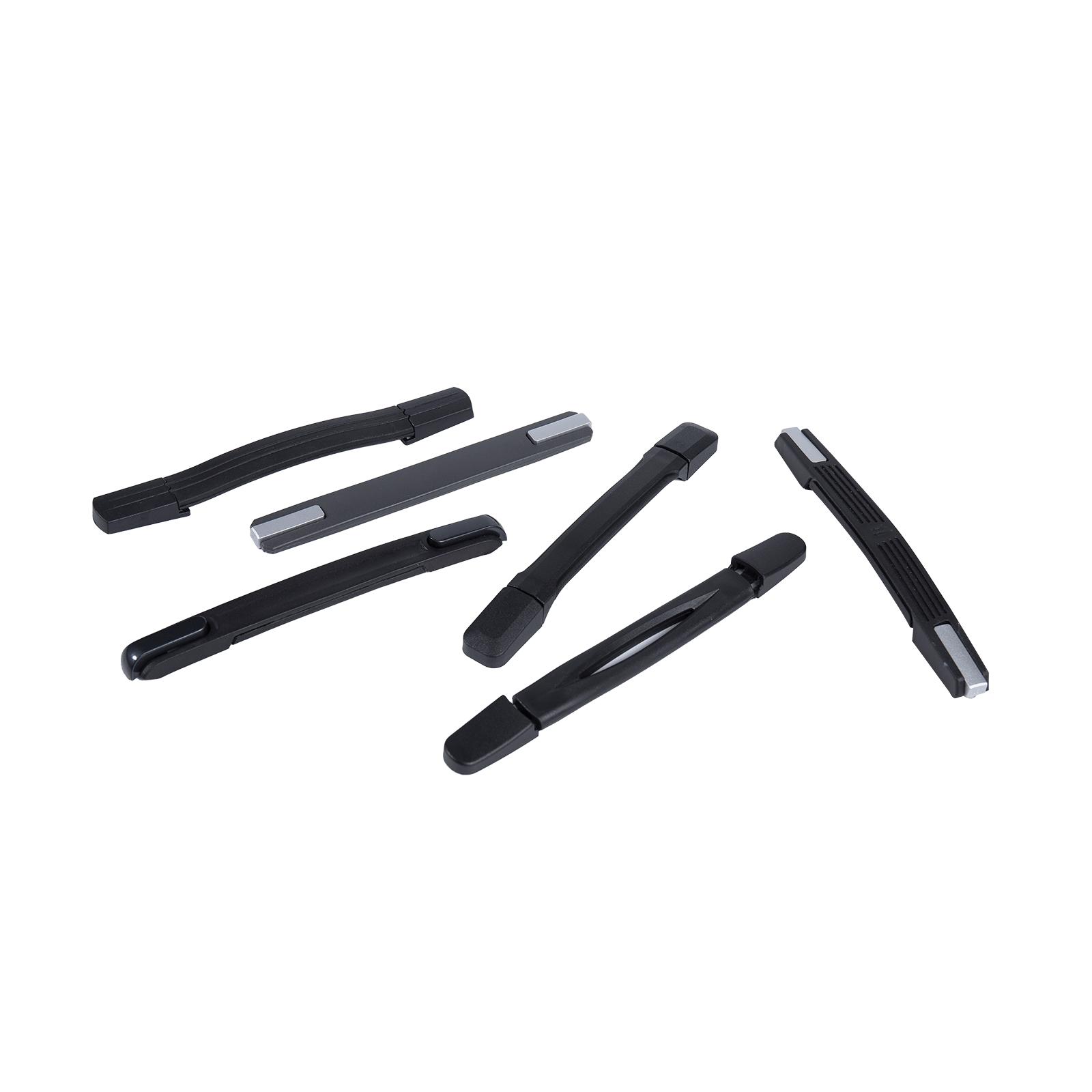The resistance of a travel bag handle to rust and corrosion depends on the materials used in its construction and any protective treatments applied. Here’s an overview of common handle materials and their resistance to rust and corrosion:
Common Materials and Their Resistance
Aluminum:
Rust Resistance: Aluminum does not rust because it doesn’t contain iron, which is necessary for rust to form.
Corrosion Resistance: Aluminum forms a natural oxide layer when exposed to air, which protects it from further corrosion. This makes it highly resistant to corrosion in most environments.

Stainless Steel:
Rust Resistance: Stainless steel is designed to resist rust due to its chromium content, which forms a protective oxide layer.
Corrosion Resistance: It is highly resistant to corrosion, including in harsh environments. Higher-grade stainless steels (like 316) offer even better corrosion resistance, particularly in saltwater environments.
Plastic:
Rust Resistance: Plastic does not rust.
Corrosion Resistance: Most plastics are highly resistant to corrosion from chemicals and moisture. However, they can degrade over time when exposed to UV light or extreme temperatures.
Rubber and Foam:
Rust Resistance: These materials do not rust.
Corrosion Resistance: Rubber and foam are generally resistant to water and many chemicals, but they can degrade over time with exposure to UV light, ozone, and extreme temperatures.
Carbon Fiber and Composites:
Rust Resistance: Carbon fiber and composite materials do not rust.
Corrosion Resistance: These materials are highly resistant to corrosion and are often used in high-end travel bag handles for their strength and lightweight properties.
Leather and Fabric:
Rust Resistance: Leather and fabric do not rust.
Corrosion Resistance: These materials can be treated to resist water and mildew, but they can still degrade over time if not properly maintained. They are more susceptible to environmental factors compared to metal or plastic.
Protective Treatments and Coatings
Anodizing: Aluminum handles can be anodized to enhance their natural corrosion resistance and provide a harder surface.
Powder Coating: Both aluminum and steel handles can be powder-coated, which adds a protective layer that resists rust and corrosion.
Stainless Steel Coatings: Additional coatings can be applied to stainless steel to further enhance its corrosion resistance, although this is less common due to its inherent properties.
Waterproofing Treatments: Leather and fabric handles can be treated with waterproof sprays to repel water and prevent mold or mildew.
Maintenance Tips for Rust and Corrosion Prevention
Regular Cleaning:
Wipe down metal handles with a damp cloth to remove dirt, salt, and chemicals that could lead to corrosion.
Use mild soap and water for thorough cleaning, and dry completely to prevent water spots or corrosion.
Lubrication:
Lubricate telescoping mechanisms to keep them functioning smoothly and to prevent rust in metal components. Use a silicone-based lubricant for best results.
Storage:
Store the travel bag in a cool, dry place when not in use to minimize exposure to moisture and humidity.
Avoid prolonged exposure to direct sunlight, which can degrade protective coatings and materials.
Protective Covers:
Use handle covers or wraps to provide additional protection against environmental factors.
By understanding the materials used in the handle's construction and taking appropriate maintenance steps, you can ensure that the handle remains resistant to rust and corrosion, extending the life and usability of your travel bag.




 Español
Español











